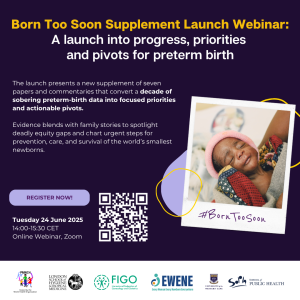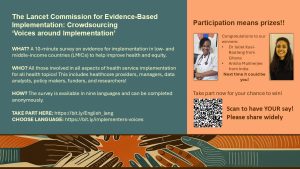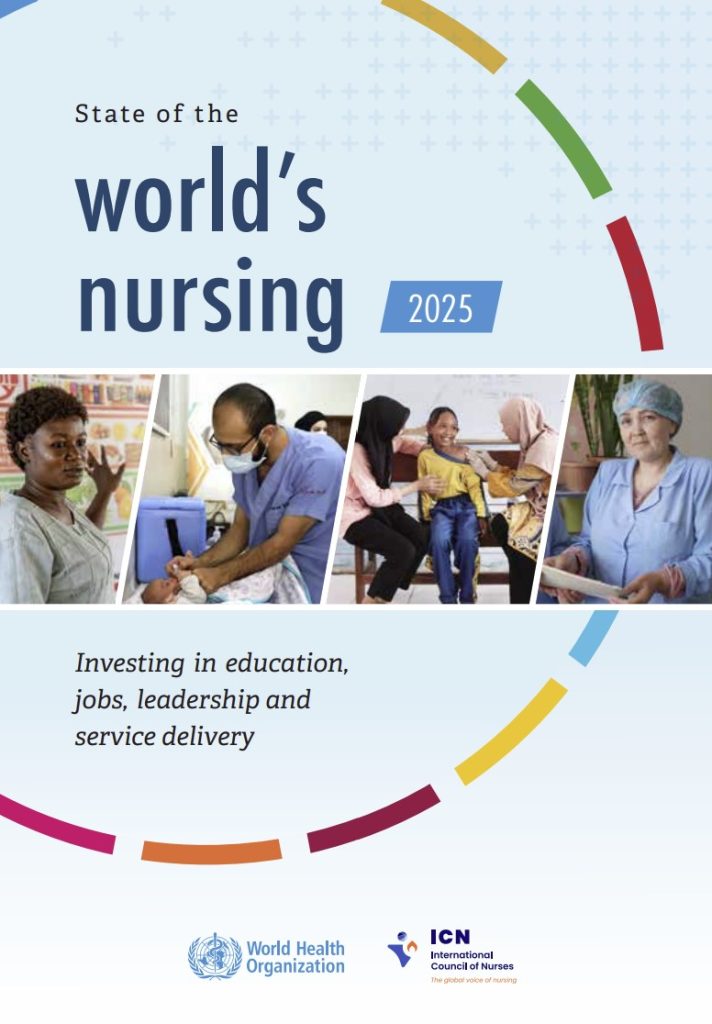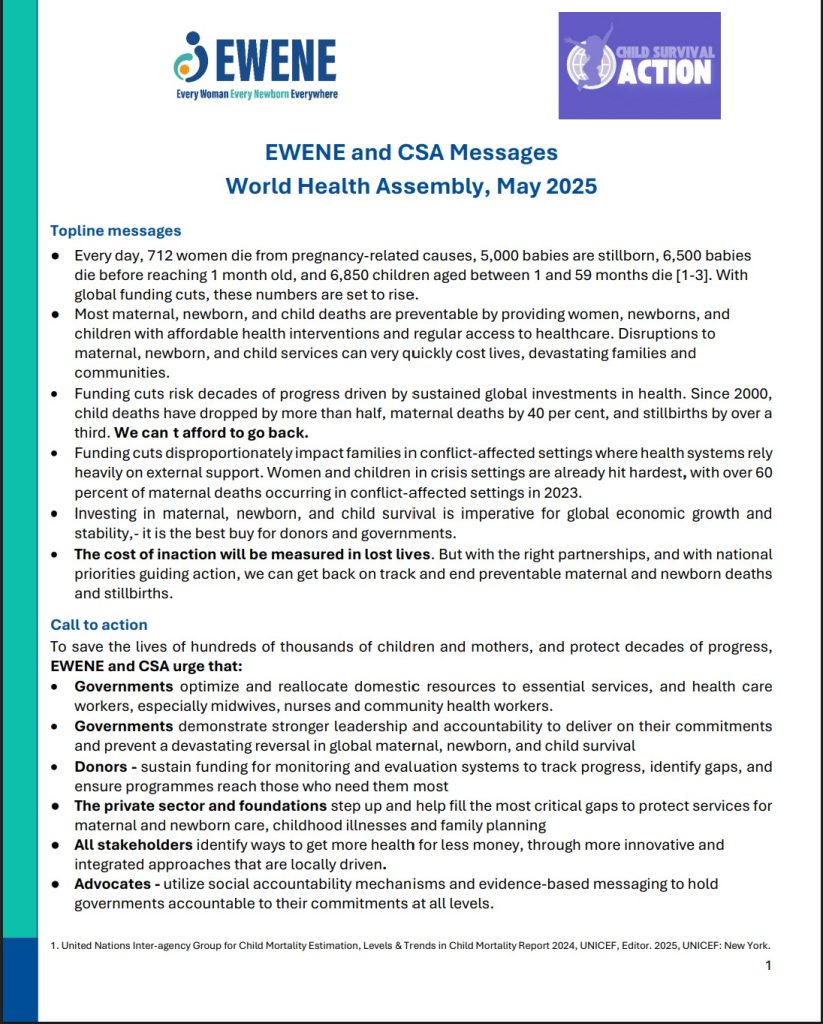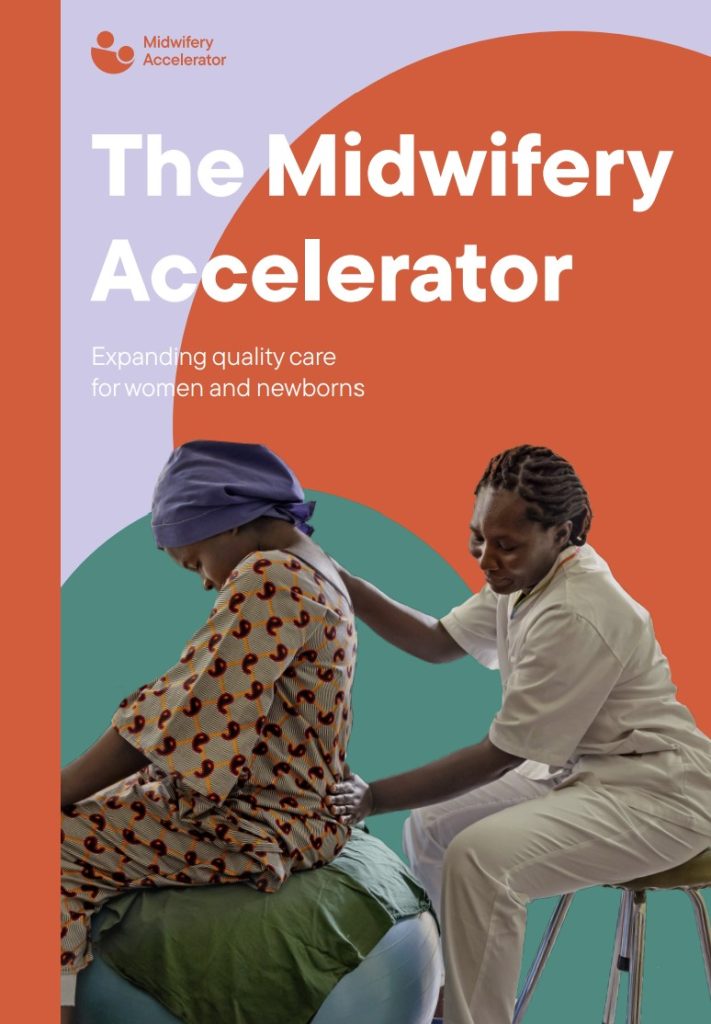The 2025 edition of the State of the world’s nursing provides the most comprehensive and up-to-date analysis of the nursing workforce. The report features new indicators on critical areas for nursing, such as education capacity, advanced practice nursing and remuneration, policy priorities and a compilation of data from each WHO region.
Country profiles reflect each country’s national data and are available for download from the WHO National Health Workforce Accounts data portal.

